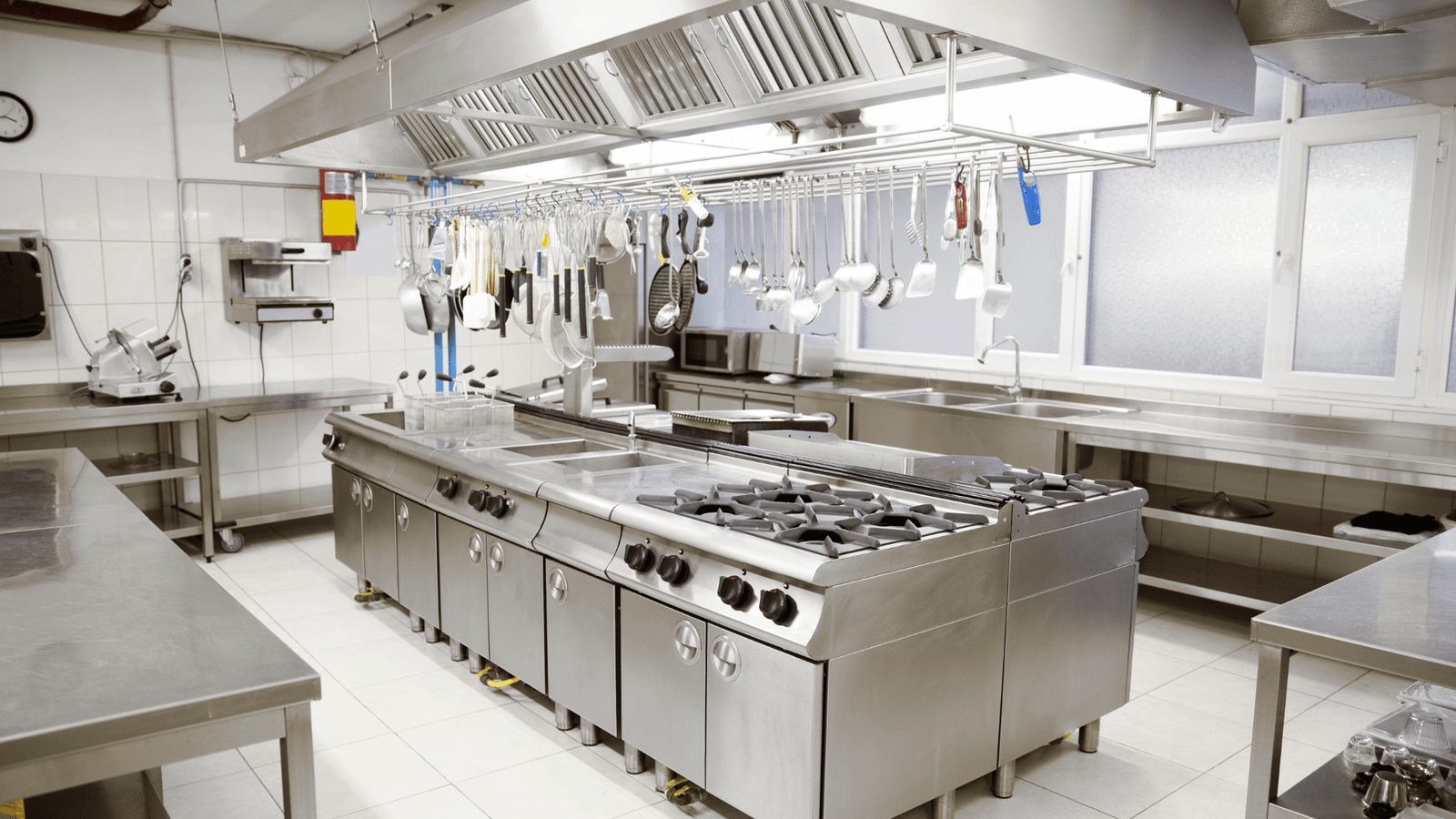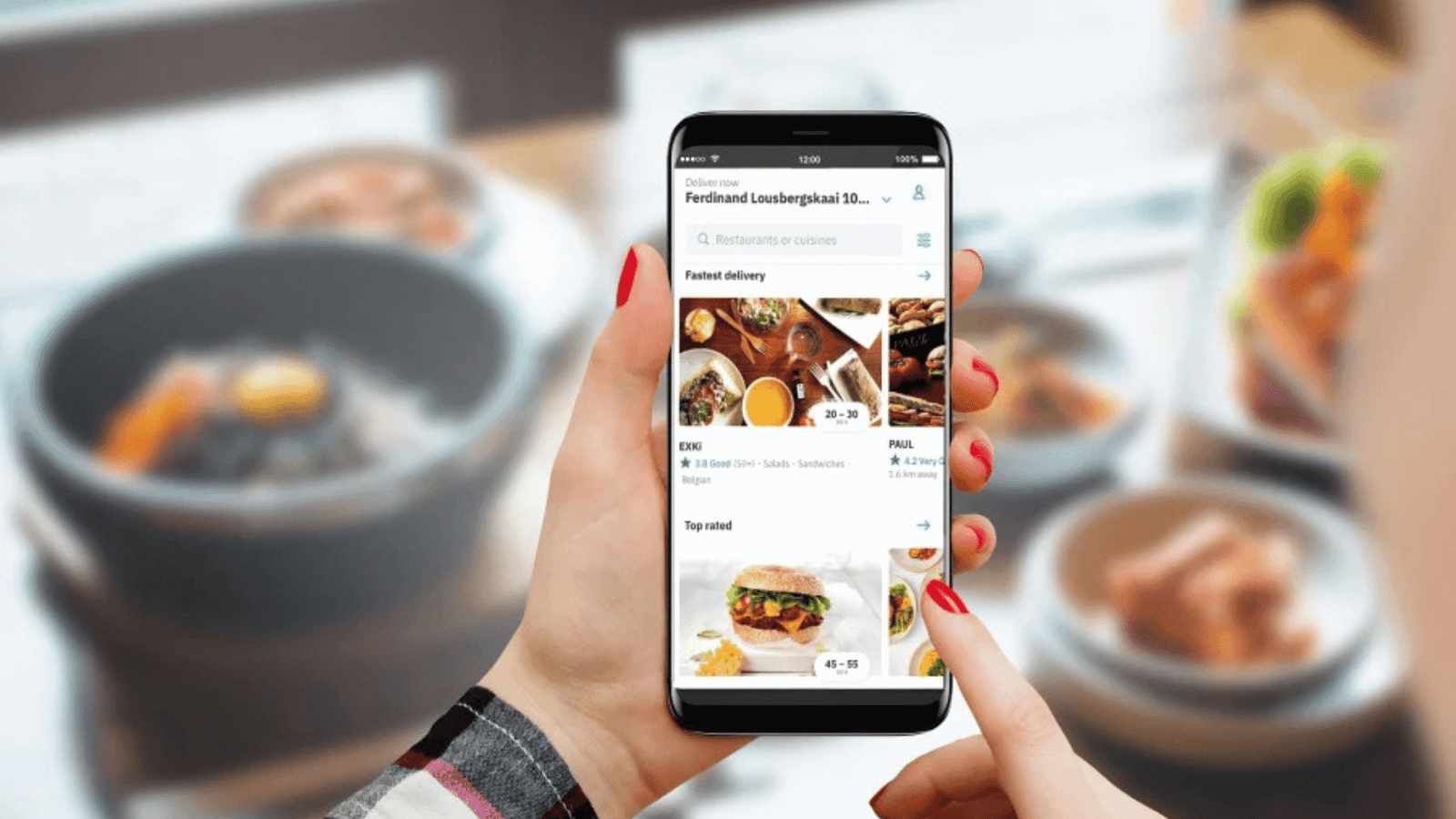In recent years, the food delivery industry has experienced rapid growth, fueled by changing consumer preferences, technology advancements, and the pandemic’s lasting impact on dining habits. Consumers now demand convenience, variety, and speed when it comes to food, making delivery the dominant mode of dining out. Traditional brick-and-mortar restaurants are now competing with an emerging business model that is transforming the landscape: cloud kitchens.
Cloud kitchens, also known as dark kitchens or virtual kitchens, are commercial kitchen spaces optimized for food delivery rather than in-person dining. They allow restaurant owners, food entrepreneurs, and celebrity chefs to enter the market without the need for hefty investments in real estate and traditional restaurant operations. As a result, cloud kitchens are becoming a go-to solution for those looking to expand their food brands efficiently.

But what if you could take it one step further? What if there was a service that not only provided you with a kitchen space but also handled the entire operation—from kitchen management to tech support and delivery optimization? Enter Cloud Kitchen as a Service , a revolutionary model that enables food brands to scale without the operational stress.
In this blog, we’ll explore the cloud kitchen as a service benefits and why it’s the perfect solution for food entrepreneurs in today’s fast-paced market.
What is Cloud Kitchen as a Service?
Before diving into the benefits, it’s essential to understand what Cloud Kitchen as a Service is and how it differs from traditional kitchen models.
Cloud Kitchen as a Service is a comprehensive business model where a service provider—like GrowKitchen—builds and operates the entire kitchen infrastructure for food brands. The service includes everything from physical kitchen space, staffing, and tech integration, to order management and delivery logistics. Instead of investing in the traditional, expensive setup of a brick-and-mortar restaurant, brands can focus solely on the product and marketing while outsourcing the kitchen operations.
This model is a natural evolution of the cloud kitchen concept, offering scalability and reduced operational complexity. Food brands can tap into a fully managed kitchen environment that allows them to launch virtual or delivery-only restaurants without worrying about the day-to-day operations.
How Does Cloud kitchen as a service Differ from Traditional Models?
In a traditional restaurant model, entrepreneurs are responsible for:
- Acquiring and maintaining a physical location
- Hiring and managing staff
- Setting up kitchen equipment and inventory management
- Managing the customer experience on-site (including the ambiance and service)
However, with Cloud Kitchen as a Service, the brand’s focus shifts entirely to product development, marketing, and delivery. The service provider handles everything else, such as:
- Kitchen management (equipment, hygiene, and inventory)
- Staffing (cooks, kitchen helpers, etc.)
- Technology (order management systems, delivery optimization tools)
- Supply chain management (procurement of ingredients)
By outsourcing the non-core operations to a Cloud kitchen as a service provider like Grow Kitchen, food brands can focus on scaling faster with minimal risk and initial investment.

Major Benefits of Cloud Kitchen as a Service
Now, let’s delve into the cloud kitchen as a service benefits that make it the ideal solution for food brands looking to grow quickly in the food delivery business.
1. Scalability at Speed
One of the biggest advantages of using a Cloud kitchen as a service model is scalability. Traditional restaurant models require significant time and capital investment to open new locations. But with cloud kitchens, food brands can scale rapidly across multiple regions and cities with ease.
For instance, Grow Kitchen allows brands to launch new kitchens without the need for large capital expenditure, opening doors to new markets faster and more efficiently. A brand can quickly add new virtual kitchen locations to cater to different areas without worrying about site selection, leasing agreements, or restaurant setup.
2. Low Capital Expenditure (CAPEX)
The upfront costs for opening a traditional restaurant—such as purchasing property, kitchen equipment, and furniture—can be staggering. With a cloud kitchen model, you significantly lower your CAPEX by leasing kitchen space instead of investing in real estate. Cloud kitchens allow food brands to operate with minimal infrastructure costs while benefiting from fully functional kitchens.
At Grow Kitchen, we take care of the infrastructure, which means food brands can launch and scale without the heavy upfront costs. This is a major advantage, especially for startups and D2C brands looking to minimize their initial financial risk.
3. Faster Time to Market
Traditional restaurants can take several months or even years to open, including time spent on location scouting, design, permitting, and construction. In contrast, cloud kitchens enable food brands to enter the market almost immediately.
With Cloud kitchen as a service, all kitchen operations are ready for launch as soon as a brand signs up. The kitchen is fully equipped, staff is trained, and the technology systems are in place to manage orders. Brands can start selling and delivering food to customers in no time.
4. Lower Operational Risk
Opening a traditional restaurant comes with inherent risks—such as financial loss due to poor location choice or mismanagement of operations. With cloud kitchens, many of these risks are mitigated because the service provider like Grow Kitchen already has the expertise to run the kitchen efficiently.
In addition, Grow Kitchen uses data-driven technology to optimize kitchen operations, reduce food waste, and streamline delivery processes. By relying on a Cloud kitchen as a service provider, food brands can focus on customer experience and product quality rather than worrying about day-to-day operational headaches.
5. Tech-Driven Operations
Technology plays a critical role in the success of cloud kitchens. From seamless order management and real-time tracking to inventory management and data analytics, the integration of tech tools makes a significant difference in optimizing kitchen performance.
Grow Kitchen integrates advanced technology platforms to manage everything from customer orders to delivery routes. This leads to better kitchen efficiency, reduced delivery times, and improved customer satisfaction.
6. Supply Chain Optimization
Managing the supply chain can be a logistical nightmare, especially when scaling up. Cloud kitchens, however, benefit from a centralized supply chain managed by the service provider, which ensures consistent quality and timely delivery of ingredients.
Grow Kitchen simplifies procurement, inventory management, and delivery by partnering with trusted suppliers and maintaining a steady flow of fresh ingredients. This reduces the hassle for brands, allowing them to focus solely on food quality and customer engagement.

Real-World Use Case: How Grow Kitchen Helps Brands Scale
Let’s take a hypothetical case study of a food brand, Hot Dog Harbour, that uses Grow Kitchen’s Cloud kitchen as a service model.
Background: Hot Dog Harbour is a small delivery-only brand that specializes in gourmet Hot Dog Harbour. The company has been growing rapidly in one city but struggles with managing the kitchen and delivery logistics as they prepare to scale.
Challenge: The Hot Dog Harbour team lacks the resources to open new kitchen locations, hire more staff, and integrate tech systems for order management. The brand’s expansion is stalling due to operational bottlenecks.
Solution: After partnering with Grow Kitchen, Hot Dog Harbour leverages our cloud kitchen services to launch two new kitchen locations in neighboring cities within just a few weeks. With our tech integration, Hot Dog Harbour receives real-time order management data, optimized delivery routes, and fully managed kitchen staffing. The brand also benefits from consistent quality and supply chain management.
Result: Within three months, Hot Dog Harbour expands to Three cities and sees a 50% increase in order volume without the added strain of managing kitchens. Their focus shifts from operational challenges to improving food quality and marketing efforts, ultimately leading to faster growth and higher profitability.

Read Also :- What is a Cloud Kitchen: Benefits & Challenges Explained
Cloud Kitchen Setup Costs and How to Minimize Them
Why Now? The Perfect Time for Cloud Kitchen Adoption
The cloud kitchen model is not only here to stay but has become a critical part of the food industry landscape, especially in light of evolving trends.
- Food Delivery Growth: With the rise of food delivery platforms like Swiggy, Zomato, and magicpin, the demand for delivery-only restaurants is at an all-time high. Consumers prefer the convenience of ordering food from their homes, making cloud kitchens an attractive option for food entrepreneurs.
- Rising Rental Costs: Traditional restaurant spaces, especially in prime locations, are becoming increasingly expensive. The cloud kitchen model allows food brands to sidestep the high cost of physical real estate and focus on scaling efficiently.
- Online-First Food Brands: Today, more and more food businesses are being launched with an online-first approach. Cloud kitchens are the perfect solution for these brands, enabling them to reach customers through digital platforms without the need for expensive physical infrastructure.
Conclusion: Embrace the Future of Food Entrepreneurship
The cloud kitchen as a service benefits model is transforming the food industry, allowing entrepreneurs to scale faster, reduce risk, and operate more efficiently than ever before. Whether you’re a food brand, celebrity chef, or D2C entrepreneur, GrowKitchen provides the support you need to succeed in today’s competitive market.
Are you ready to scale your food brand with minimal hassle and maximum impact? Visit GrowKitchen today to learn more about how our cloud kitchen services can help you expand and thrive in the food delivery business.
FAQs
Q1. What is Cloud Kitchen as a Service?
A model where a service provider manages kitchen operations, tech, staff, and supply chain for food brands, enabling faster scaling.
Q2. How does Cloud Kitchen benefit my food brand?
It offers scalability, low CAPEX, tech integration, faster time to market, and reduced operational risk, helping brands grow efficiently
Q3. Can I launch a virtual restaurant with CKaaS?
Yes,Cloud kitchen as a service enables you to launch a virtual restaurant quickly, focusing on food and marketing while the service provider handles kitchen operations.
Q4. Is Grow Kitchen the right partner for my brand?
If you’re looking to scale your food business without the hassle of managing kitchens, Grow Kitchen provides comprehensive solutions for efficient growth.
Q5. How quickly can I scale with Cloud Kitchen as a Service?
With Grow Kitchen, you can launch multiple kitchens quickly, expanding to new markets without significant upfront investment.





